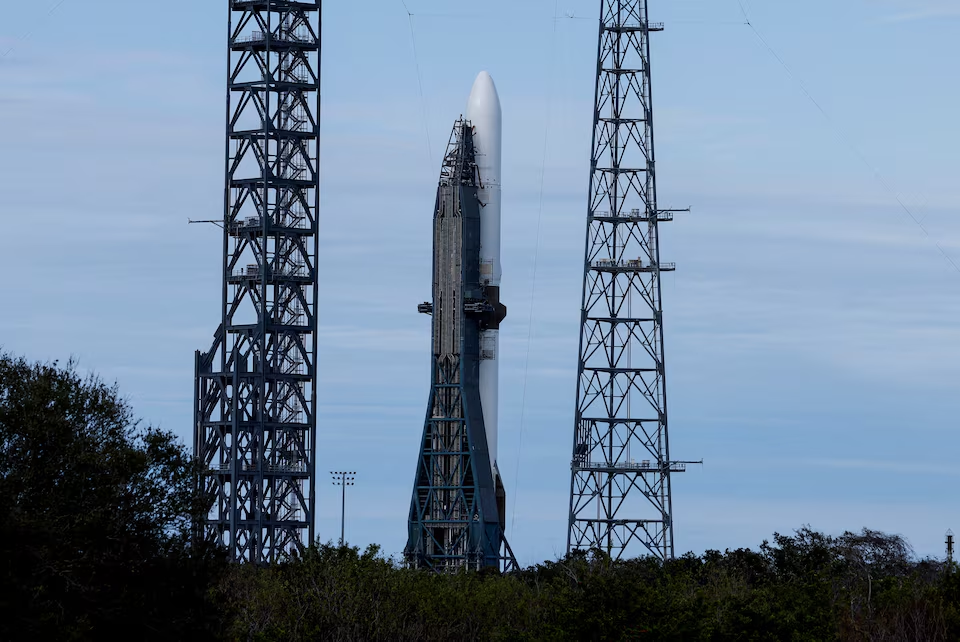In 1901, sponge divers off the coast of the Greek island Antikythera stumbled upon an ancient shipwreck that would soon yield one of the most extraordinary artifacts of the ancient world. Amid the treasures retrieved, a corroded, bronze-encrusted object eventually revealed itself to be the Antikythera Mechanism—an ancient Greek analog computer of remarkable sophistication. It’s the oldest computer (or computing device) known to history.
The Antikythera Mechanism, believed to date back to the 2nd century BCE, has astounded historians and scientists alike with its intricate design and advanced engineering. The mechanism was initially thought to be merely a corroded hunk of metal. However, upon closer examination, it became clear that this device was far more than a simple relic.
Now split into 82 fragments, only a third of the original survives, including at least 30 bronze gears and a sophisticated series of dials and inscriptions. The device seems to be some sort of astronomical mechanical computer that predicts the movement of celestial bodies. However, its exact purpose and working principle have always been shrouded in mystery due to the advanced degradation.
Now, over a century since its discovery, scientists at the University of Glasgow have applied a statistical modeling technique originally meant to find gravitational waves to fill in the blanks in the Antikythera Mechanism. The study extrapolated missing features on one of the calendar dials that suggest the Antikythera was used to track the Greek lunar year.
Filling in the blanks

The new study focused on Antikythera’s calendar ring. Previous research using X-rays to reveal hidden features had suggested the ring could have had between 347 and 367 holes. However, the Bayesian analysis employed by the researchers — a statistical method that uses probabilities to measure uncertainty based on incomplete data — revealed that the ring is vastly more likely to contain 354 holes. It’s 100 times more likely that the ring has 354 holes than 360 holes, which another previous research suggested as a possible count.
This would imply that the Antikythera Mechanism tracked the Greek lunar calendar and not the Egyptian solar calendar, as suggested previously. Other components in the Antikythera were probably used to forecast lunar and solar eclipses, and possibly display the positions of the known planets (Venus, Mars, Mercury, Jupiter, and Saturn). Additionally, it is believed to have been used to determine the timing of significant events for the ancient Greeks such as the Olympic Games.
“Towards the end of last year, a colleague pointed to me to data acquired by YouTuber Chris Budiselic, who was looking to make a replica of the calendar ring and was investigating ways to determine just how many holes it contained,” said Professor Graham Woan, of the University of Glasgow’s School of Physics & Astronomy, who led the effort using Bayesian statistics.
“It struck me as an interesting problem, and one that I thought I might be able to solve in a different way during the Christmas holidays, so I set about using some statistical techniques to answer the question.”
Dr. Joseph Bayley adapted techniques from the LIGO gravitational wave detectors, which record tiny ripples in the fabric of spacetime caused by massive cosmic events, such as the merger of black holes. This analysis yet again suggests the incomplete ring most likely contained 354 or 355 holes across a circle of radius 77.1 mm.
“It’s a neat symmetry that we’ve adapted techniques we use to study the universe today to understand more about a mechanism that helped people keep track of the heavens nearly two millennia ago,” Woan added.
The holes were precisely made with striking accuracy given the technology of the time, with an average radial variation of just 0.028mm between each hole.
In previous research, scientists revealed thousands of text characters hidden inside the fragments using microfocus X-ray computed tomography. Inscriptions on the back cover include a description of the cosmos, with the planets moving on rings and indicated by marker beads.
“It’s given me a new appreciation for the Antikythera mechanism and the work and care that Greek craftspeople put into making it – the precision of the holes’ positioning would have required highly accurate measurement techniques and an incredibly steady hand to punch them,” said Bayley.
The findings appeared in The Horological Journal.
Thanks for your feedback!












/https://tf-cmsv2-smithsonianmag-media.s3.amazonaws.com/filer_public/34/31/3431771d-41e2-4f97-aed2-c5f1df5295da/gettyimages-1441066266_web.jpg)





![Tunisia: President of Republic Meets PM and Stresses ‘Need to Break With ‘Old Laws’ [upd 1] Tunisia: President of Republic Meets PM and Stresses ‘Need to Break With ‘Old Laws’ [upd 1]](https://cdn08.allafrica.com/static/images/structure/aa-logo-rgba-no-text-square.png)

Discussion about this post